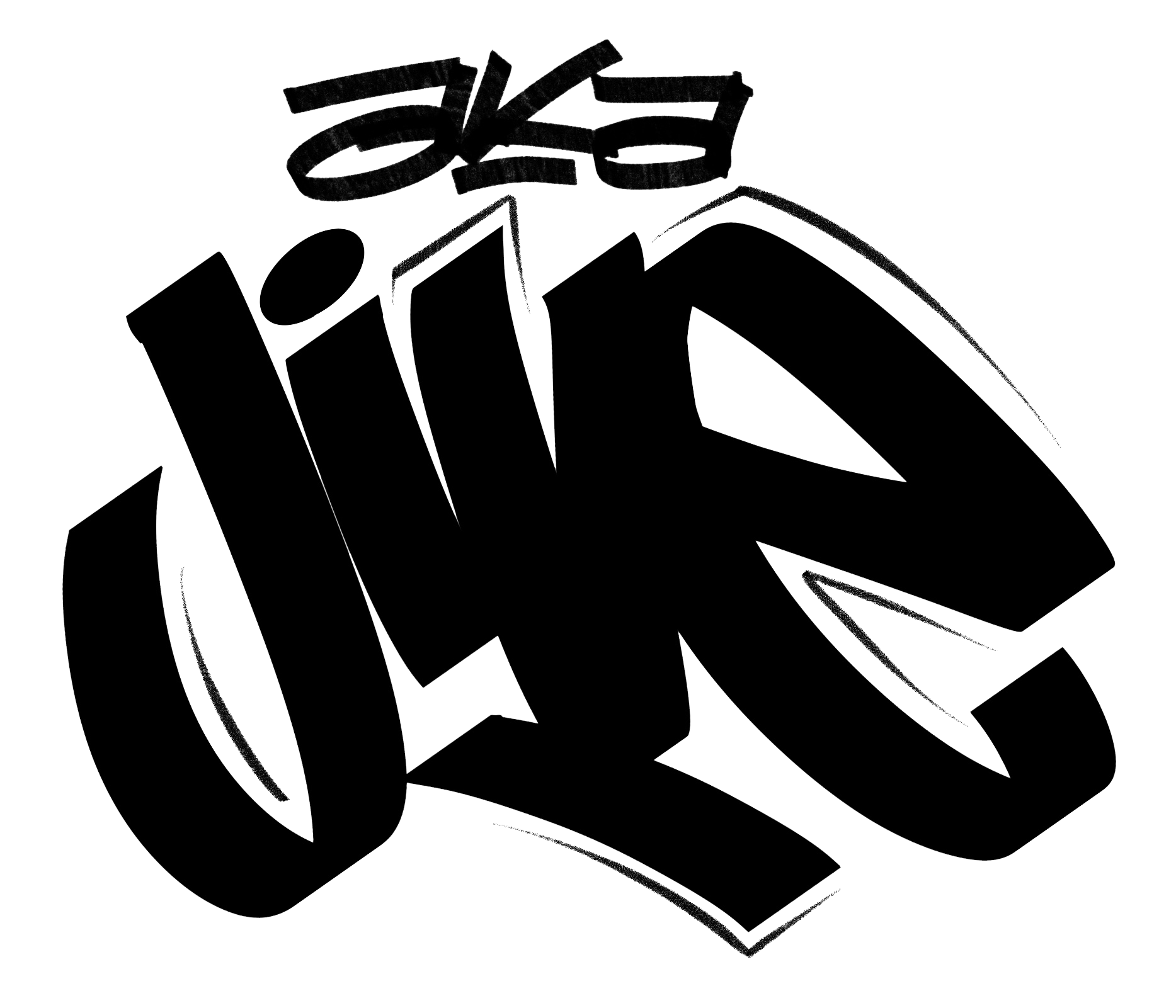FOB Free on Board: Understanding the Incoterm for Ocean Shipments

At FreightAmigo, we’re committed to helping Bookkeeping for Consultants our clients navigate the complexities of international logistics. Our Digital Logistics Platform is designed to simplify processes, provide transparency, and offer the flexibility needed in today’s dynamic global trade environment. Whether you’re dealing with FOB shipments or any other type of international freight, we’re here to ensure your logistics experience is hassle-free and efficient. This flexibility allows parties to tailor their agreements to their specific needs and circumstances. However, it also underscores the importance of clear communication and explicit agreement on all terms before proceeding with a shipment. But if you’re not paying attention to the details, it can also lead to costly misunderstandings.
What is FOB (Free on Board)?
FOB designates ownership transfer when petty cash goods are loaded on the carrier at the seller’s location, with the buyer taking responsibility for the shipping. In contrast, EXW (Ex Works) places maximum responsibility on the buyer, as the ownership transfers at the seller’s premises, and the buyer manages the entire shipping process. The buyer pays the costs and covers the risks from the point of origin to the destination.
- The buyer just needs to do some communication with his freight forwarder and wait for delivery in the warehouse.
- The primary benefit of FOB shipping is that it helps minimize risk and liability for the exporter.
- At Nationwide Transport Services, we care about your shipping needs.
- Take CIF (cost, insurance, and freight) — it’s like FOB, but the seller also covers shipping and insurance until the goods reach the buyer’s port.
- The use of FOB in international trade is expected to continue to grow in the coming years, as businesses seek to optimize their supply chain and minimize costs.
What is Free on Board (FOB) in Shipping?

The Incoterm FOB or Free on Board is an international freight and legal term that determines the point at which the transport obligation shifts from the seller to the buyer. Created by the ICC, the FOB Incoterm is mostly used for international sea freight transport. Learn all about how does FOB work, the responsibilities of the buyer and seller and the difference between FOB Destination and FOB Shipping Point with our complete guide.
- These provisions outline the point when responsibility for risk of loss shifts to the buyer, who covers the freight charges, delivery location and time, and the payment terms for the shipments.
- This delay in revenue recognition can impact the seller’s cash flow and financial reporting, as the income from the sale is not realized until the delivery is complete.
- If the export shipment is sent Freight Collect, the freight charges will be ‘collected’ by the Consignee.
- By using FOB the seller must clear the goods for export and delivers when the goods pass the ship’s rail at the agreed port.
- If transfer occurs at the shipping point, the buyer may owe sales tax in their jurisdiction.
Use a freight forwarder
This distinction is crucial because it affects the allocation of risks and costs between the parties involved. Incoterms are the official rules for how goods move from seller to buyer in international trade. Created by the International Chamber of Commerce (ICC), they fob shipping point clarify who is responsible for costs, risks, and paperwork at every stage of the shipping process. Without them, businesses would be stuck with a mess of conflicting expectations. Choosing the right FOB shipping term is essential for managing shipping costs, risks, and responsibilities effectively.
Search

Despite having the risk of loss or damage to the goods from the delivery point, the buyer does not have an obligation to the seller to insure the goods. The buyer must contract for carriage from the port of shipment, except if it is agreed that the seller makes the contract of carriage as described in A4. The buyer bears all risks of loss or damage to the goods once the seller has delivered them as described in A2.
